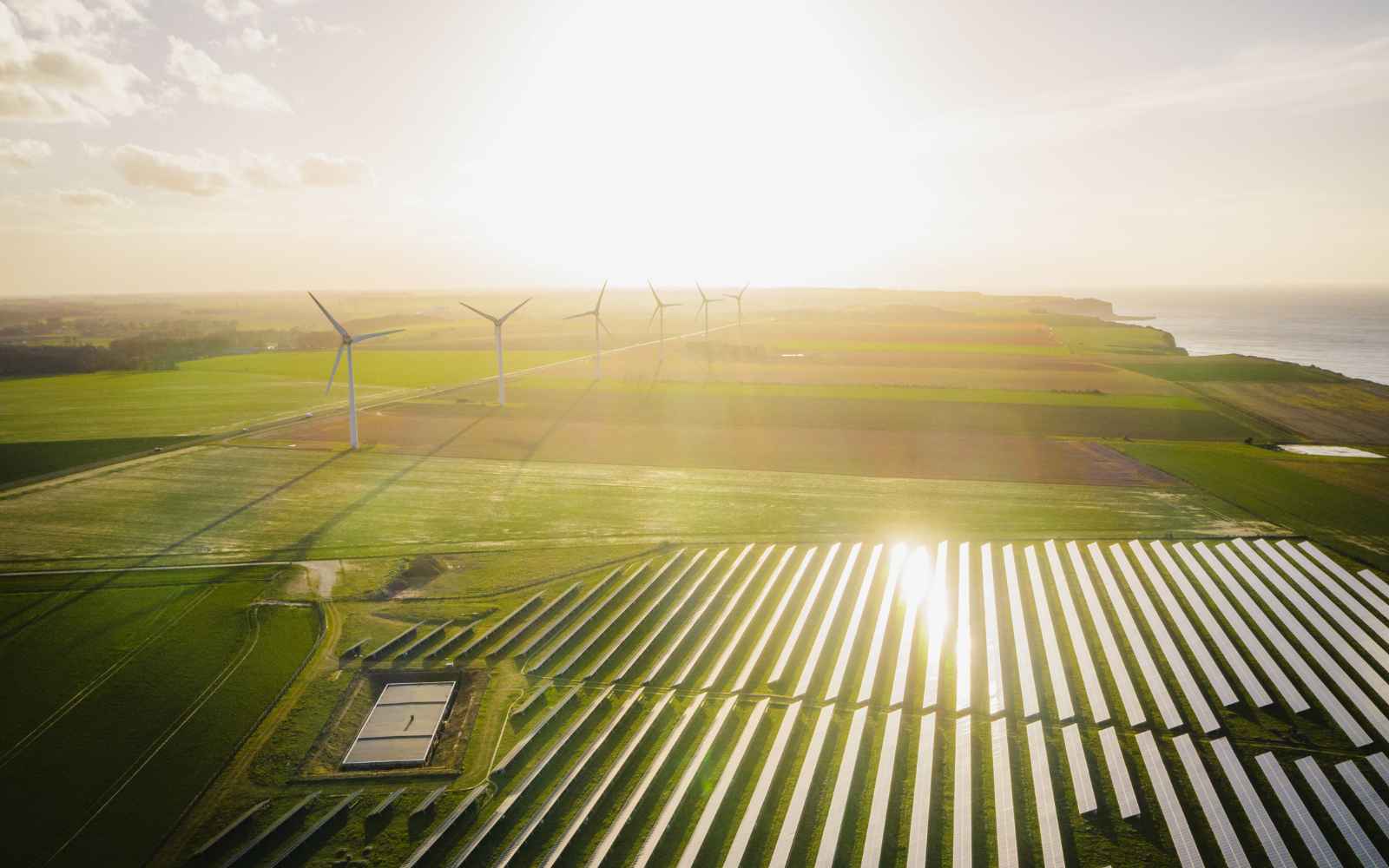The world energy system is approaching a tipping point, fueled by the determination to combat global warming, reduce air pollution, and have a secure energy system. At the core of this transformation is the renewable energy revolution that has the prospect of entirely changing how we generate, use, and conceive energy. Renewable energy options like solar, wind, water, and geothermal are not only abundant but also play a vital role in creating a strong and stable energy system. This paper highlights a future of sustainable energy and the role of renewable energy in transforming the means of electricity production.
The Renewable Energy Argument
Environmental Benefits
The emission of greenhouse gasses by renewable energy sources during its operation is minimal, therefore they are an important solution to climate change. This switch can help decrease CO2 emissions and other pollutants that cause global warming, air pollution, and health issues.
Economic Advantages
The renewable energy industry has registered significant development, creating millions of jobs across the globe. Investment in renewable energy technologies stimulates economic growth, lowers energy costs, and strengthens energy security. With the continuous development of new technologies and the economies of scale being achieved, the cost of renewable energy is declining gradually and thus it is becoming more competitive than the traditional fossil fuels.
Energy Independence
Nations that invest in renewables could become less dependent on imported fossil fuels, thus improving the energy security of the country. Through the utilization of locally sourced energy resources such as sunlight, wind, and water, countries can develop a more stable and independent energy supply system.
Key Renewable Energy Technologies
Solar Power
Solar energy is the most abundant and accessible among the renewable resources. Sunlight is the fuel of photovoltaic (PV) panels, which generate electricity directly, and solar thermal systems utilize sunlight to produce heat for power generation or direct application. The development of solar technologies that have improved efficiency and decreased costs have made solar power a suitable option for residential, commercial, and utility-scale applications.
Wind Energy
Wind power conversion uses wind kinetic energy to produce electricity by turbines. Wind farms can be placed on land (onshore) or in the sea (offshore), with the latter having the advantage of stronger and more constant wind. Technological inventions have increased turbine efficiency and dropped costs, and thus wind power is one of the fastest-growing renewable energy sources.
Hydropower
Hydropower is derived from the kinetic energy of flowing or falling water. It is one of the oldest and most reliable sources of renewable power, accounting for a substantial portion of the world’s electricity. While hydropower projects of large scale have their environmental impacts, small-scale run-of-the-river systems offer more sustainable alternatives with very little ecological disruptions.
Geothermal Energy
Geothermal energy uses the internal heat of the earth to produce electricity and provide heat. This renewable energy source is well-suited for regions that have a high geothermal activity namely Iceland and some parts of the USA. The geothermal power plants generate a stable and reliable flow of electricity with almost no effect on the environment.
Biomass and Bioenergy
Biomass energy has its roots in organic substances that include plants, agricultural remains, and waste. Biomass can be converted to electricity, heat, and biofuels. If exploited responsibly, biomass energy can help in the reduction of greenhouse gas emissions and waste as an alternative green energy source that substitutes for fossil fuels.
The Future of Sustainable Power
Grid Integration and Storage
One of the obstacles of renewable energy is its intermittent nature, solar or wind power production depends on weather conditions. To solve this, the development of energy storage technologies, like batteries, plays a vital role. Efficient energy storage has a mechanism of storing excess power generated during peak production times and releasing it when demand is high or production is low. The combination of renewable energy and smart grids can also improve reliability and efficiency by making it possible to manage supply and demand more efficiently.
Policy and Investment
Large-scale implementation of renewable energy is highly dependent on governmental policies and incentive structures. Such measures as subsidies, tax credits, and renewable energy standards attract investments to the clean energy technologies. Notwithstanding, international agreements and cooperation, such as the Paris Agreement, represent worldwide targets and motivate cooperation in the struggle to combat climate change.
Innovative Technologies
The renewable energy industry is at the verge of a technological revolution. The improvements in the materials science with the application of perovskite solar cells and new turbine designs are forecasted to lead to higher efficiency and lower costs. Research into wave and tidal energy is the next generation of taking advantage of the sea’s power. Innovation will be the primary driver for the actualization of the full potential of renewable energy.
Communities and Decentralized Energy Systems
Centralized systems of energy such as microgrids and community-owned renewable energy projects provide a platform that local communities can use to generate and direct their own sources of power. The microgrids can lead to better power access in the rural and underserved areas with backup power and protection against power outages and natural calamities.
Conclusion
The renewable energy revolution is not a mere vision for the future; it is a reality that has begun. The movement away from the use of fossil fuels creates a green and economically sustainable transition through the use of renewable energy sources. With investments in renewable technologies, promotion of innovative solutions, and initiation of supportive rules, we will be able to have a cleaner, healthier, and more equitable energy system.
The future of sustainable energy is our united ambition to transition into renewable energy and to be partners in creating a sustainable world for our future generations. To get more information about sustainable living and environmental conservation, go toEnvironmental Consortium. Together we can bring the revolution of renewable energy and build up the sustainable future for everybody.
